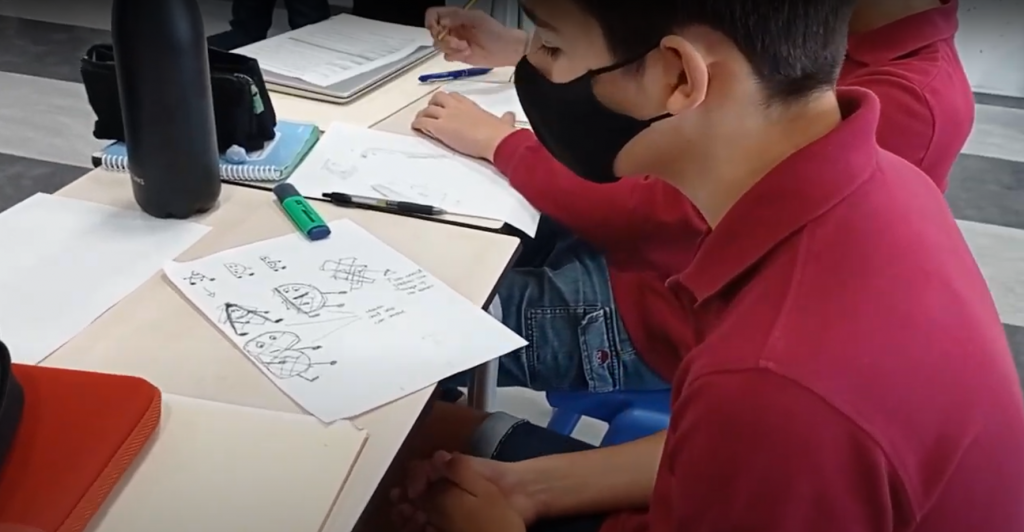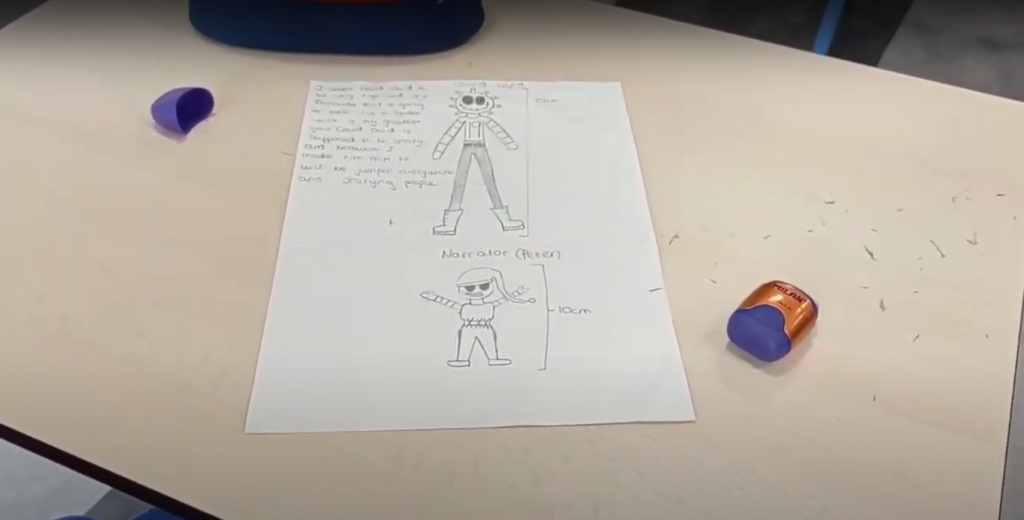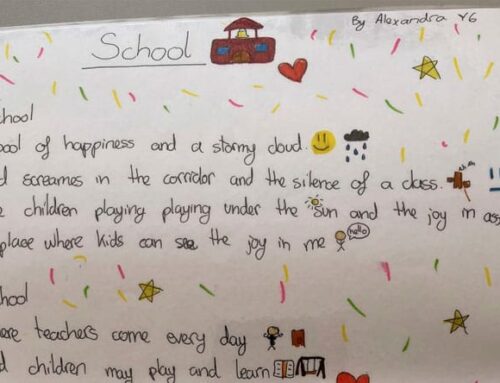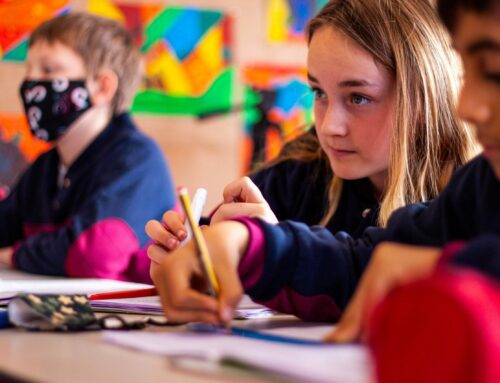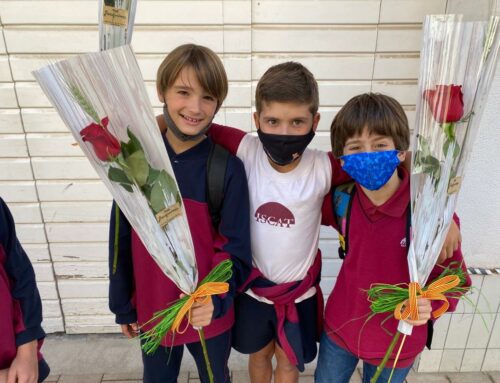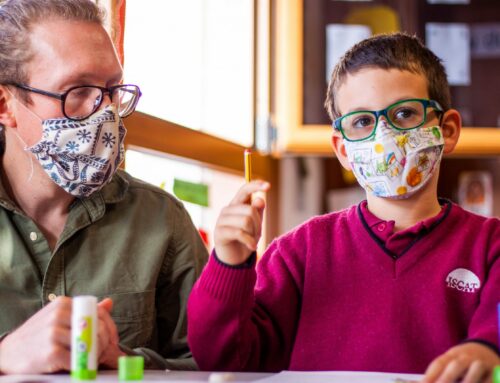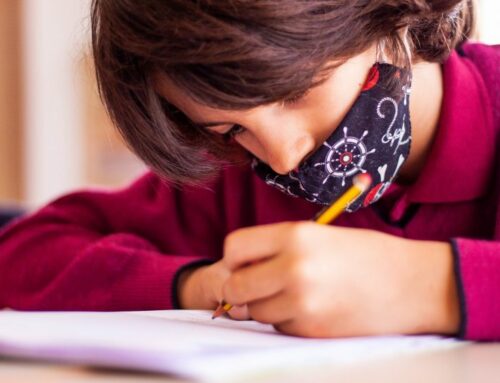This half term our new theme is dream makers! We kicked it off with a fun, bonding experience visiting the museum of dream-maker-in chief, Salvador Dalí. The first week back our efforts focused on the end of year film, the maths of dreams and making dreams come true.
Maths
Year 7 and 8
This week year 7/8 learned how to simplify expressions by collecting like terms, they also learned to expand out single brackets. If expand means ‘make bigger’, and simplify means ‘make smaller’, in terms of our dreams, which method should we apply?
Yes, I think expand too!
Year 9
This week year 9 learned that a recurring decimal is a decimal with a recurring number or group of numbers which is repeated indefinitely, just like their recurring dreams about Christmas after they close their eyes at night!
Year 10
Our students were so preoccupied by US elections that we spent Wednesday analysing preliminary numbers and working out if Biden still had a chance to make his dreams come true. It was a fascinating class with real life questions and immediate answers which came true a few days later.
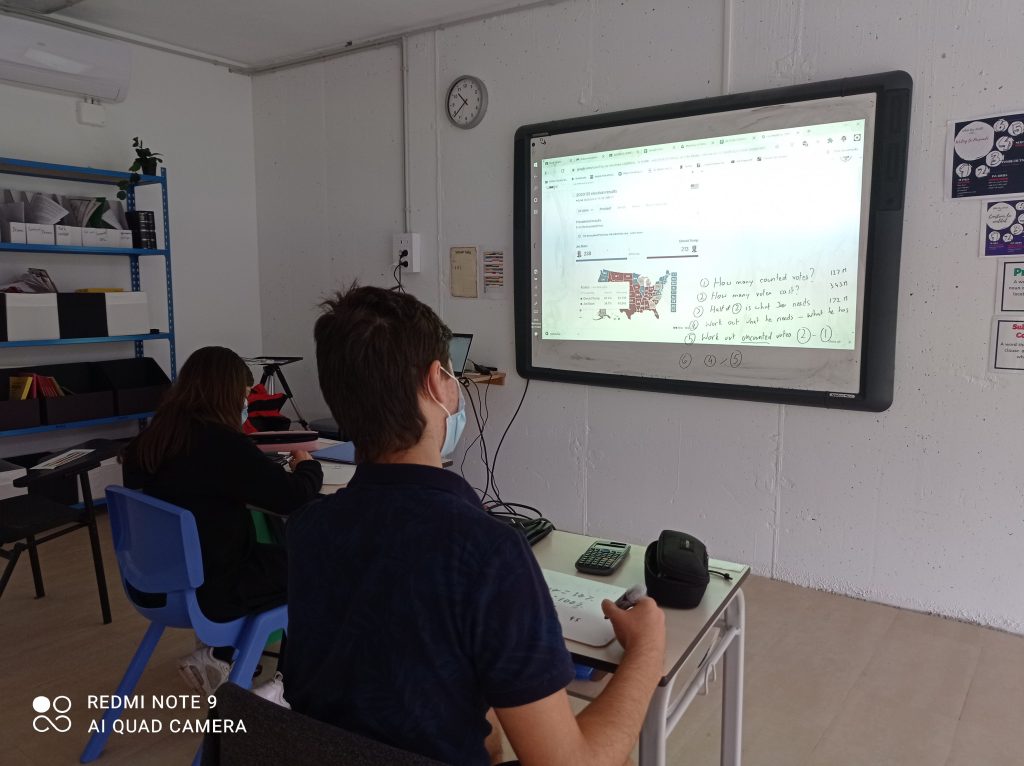
English
Tim Burton is a master of picturing dreams on screen. We have been transforming the script of the Nightmare before Christmas to reflect a post covid reality (This Is Quarantine!). If you hear your kids singing under their breath, that is why.
Library
Students have been making creative projects based on the books they read in the library. We´ve had impressive new book covers!
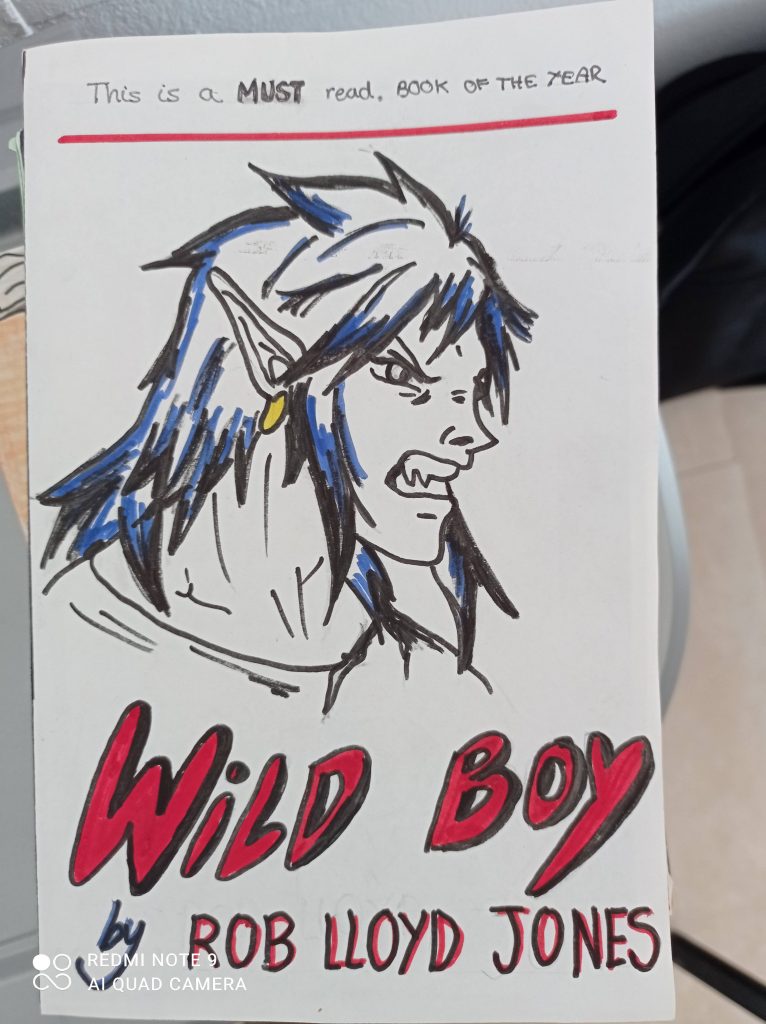
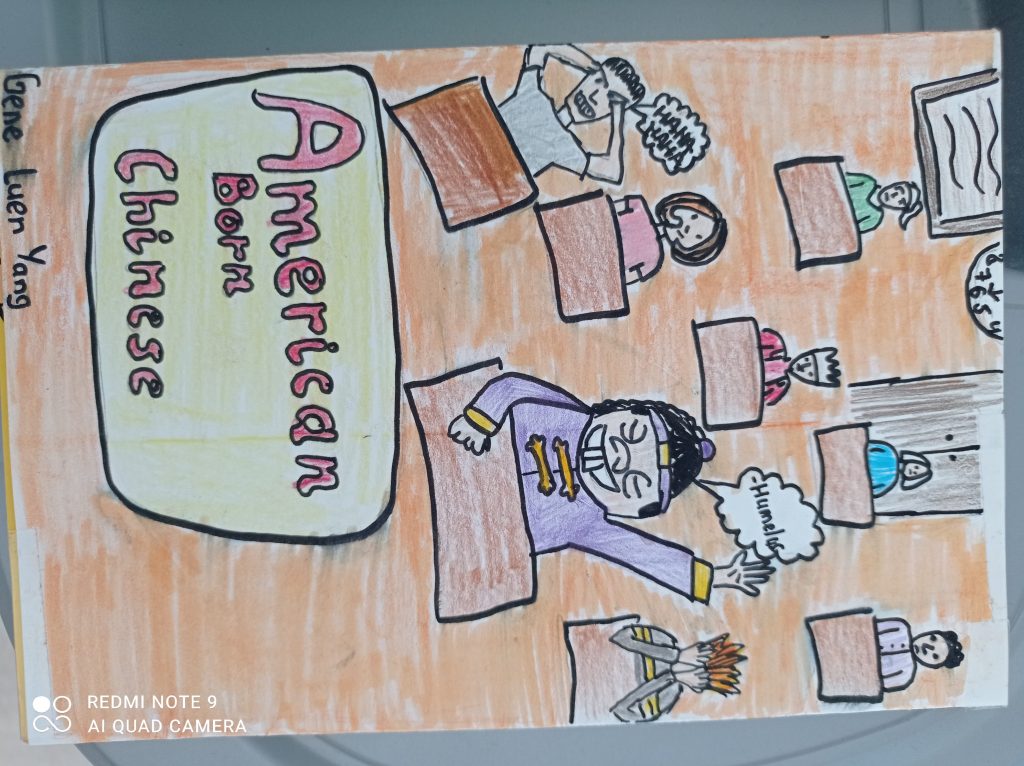
Art and Design Technology
For November, while we are working on the end of years show, Art and Design Technology have merged in KS3. We are working on various tasks to make the show as impressive as possible. Each of the students is embodying the idea of “the dream maker” and is contributing their ideas to the collective dream of the Secondary film project. We’ve been very busy designing props, backdrops and characters as well as the construction of the theatre itself.
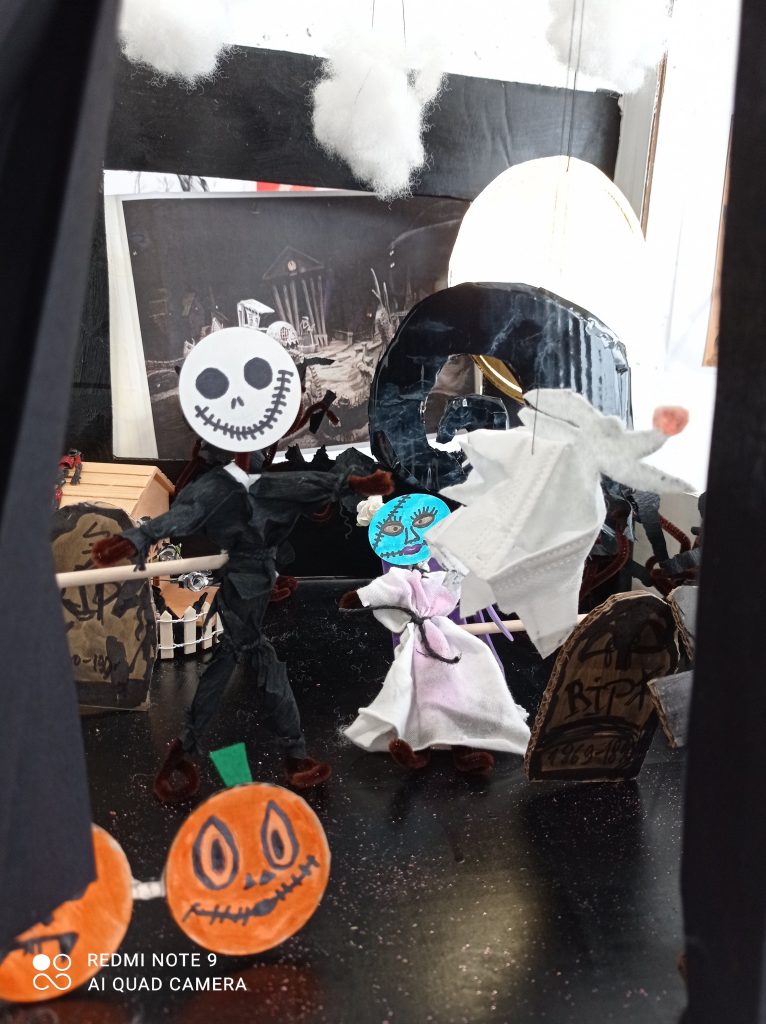
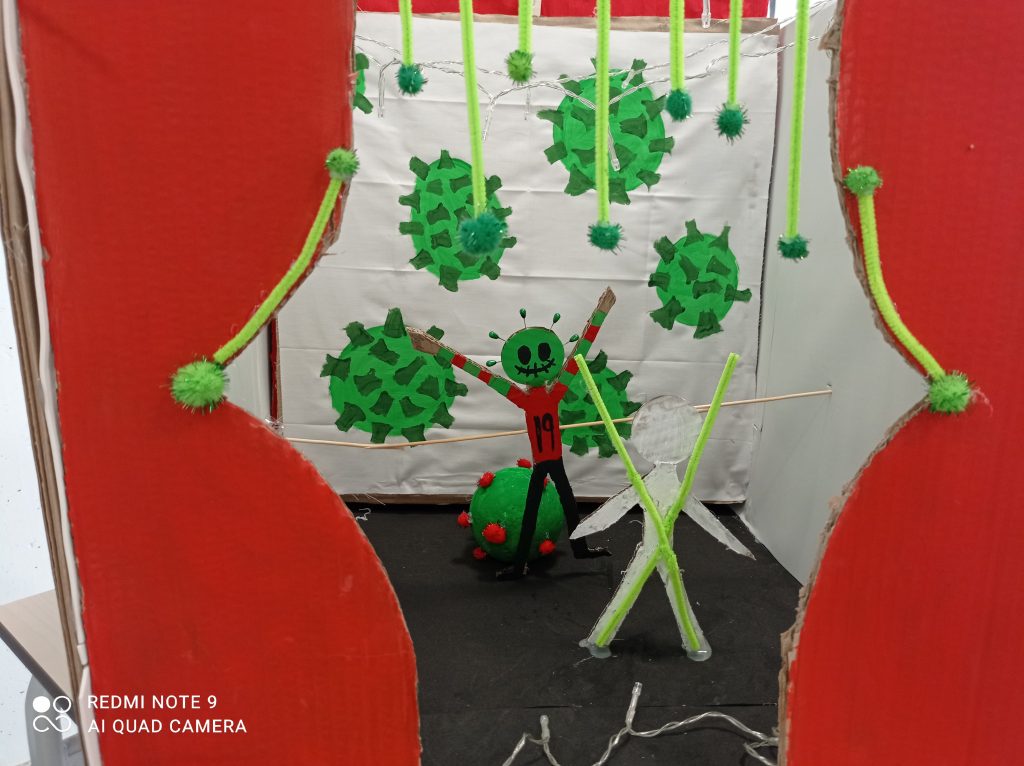
Computing
In computing, we’ve seen the work of the incredible Marie Curie and her discovery and study of radiation. We’re using radiation to think about algorithms that use variables, and input and output processes.
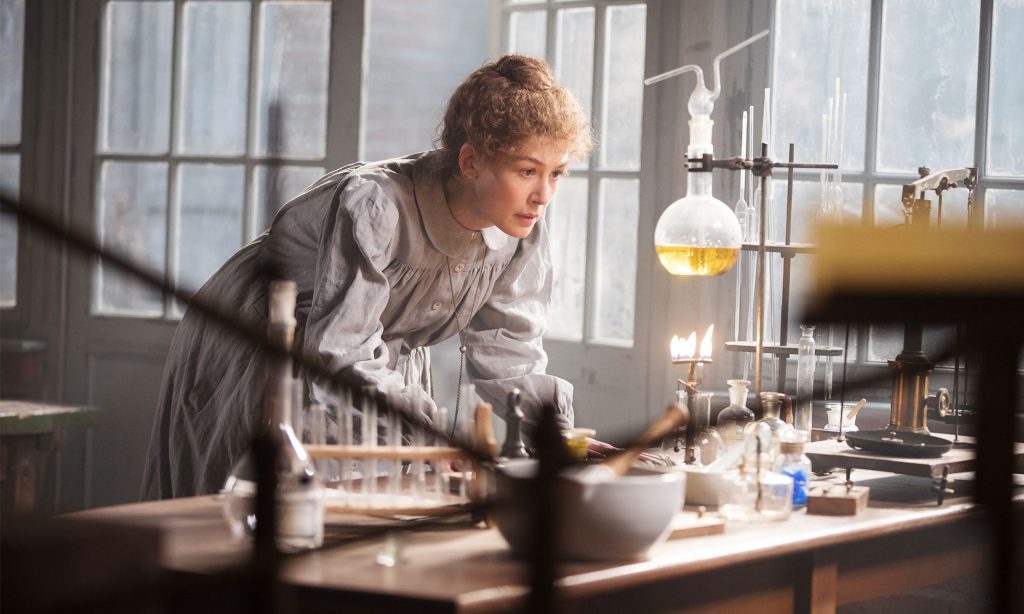
History and Geography of Catalonia and Spain
Year 7 and 8
We are going to focus during this half term on the demography and economic activities that sustain the economy. We were discussing the advantages and disadvantages of e-commerce and how our consumption habits have changed after the pandemic. And despite the advantages over saving time and money that online shopping often entails, the students also valued the importance of contacting the seller’s knowledge to receive their advice and the fact that electronic commerce endangers the subsistence of small businesses that give life to towns and cities.

Year 9 and 10
In this second half term we are going to work in the Middle Ages focusing on the coexistence of three religions: christanism, islamism and judaism. We will see how their reciprocal influences and how one enriched each other. This week we started to see how the end of the hegemony of the Roman Empire gave way to a new stage: the Middle Ages. And we were talking about the roman legacy in the city of Tarragona, which is declared a world heritage site.
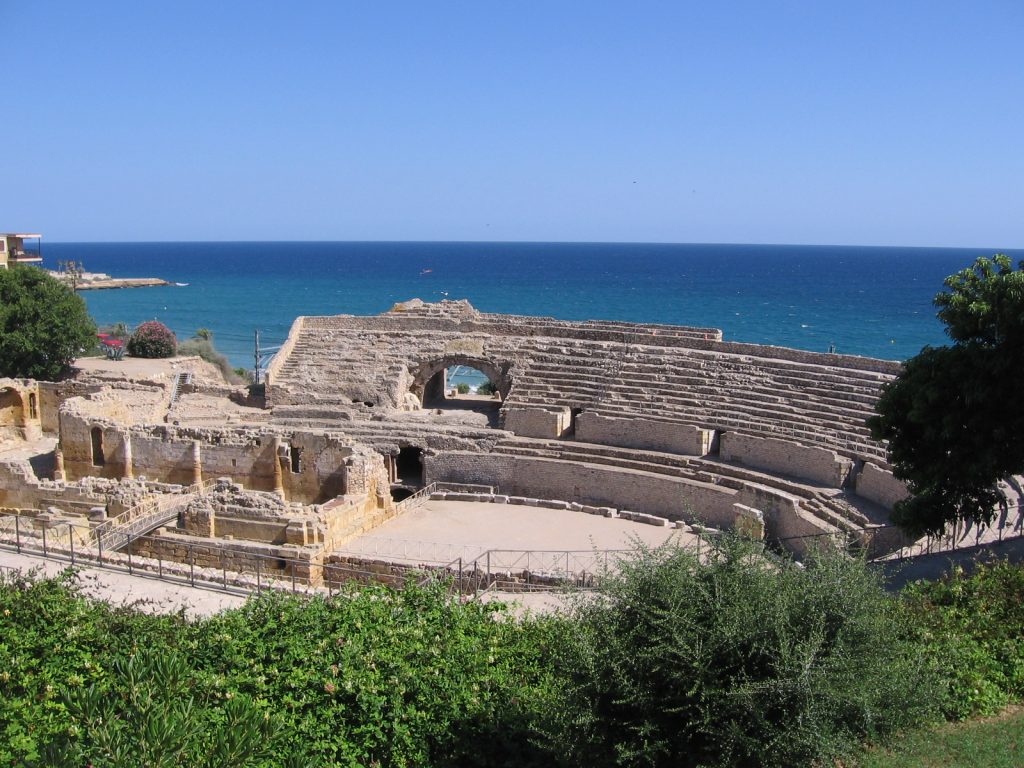
History
Year nine started to learn about the complex causes of World War 1. The students were introduced to the four long term causes which created tension and competition between European countries in the early 1900s. The Germans were dreaming of a new world order where they would rival the French and British who had dominated Europe.
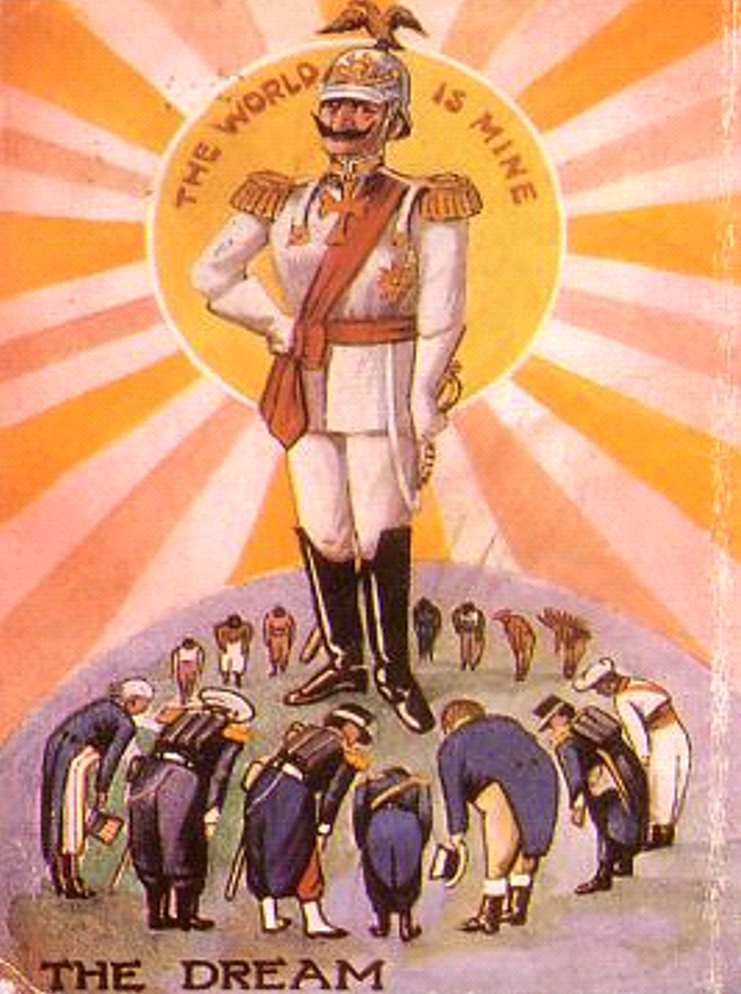
Spanish
On October 23, the secondary school students realized a little dream in times of a pandemic: to go on an excursion to Figueres to visit the Dalí Museum and the Sant Ferrant Castle in Figueres.
At the Dalí Museum, we got to know the work of one of the most outstanding painters of Surrealism and one of the painters who has given the most relevance to his dreams as a matter of artistic creation: Salvador Dalí.
Then we visit the Sant Ferran Castle, one of the largest fortresses built in Europe during the 18th century. This required more than 4,000 people working for 13 years. A dream comes true. We took a tour of the interior and the students did a fantastic photo report.
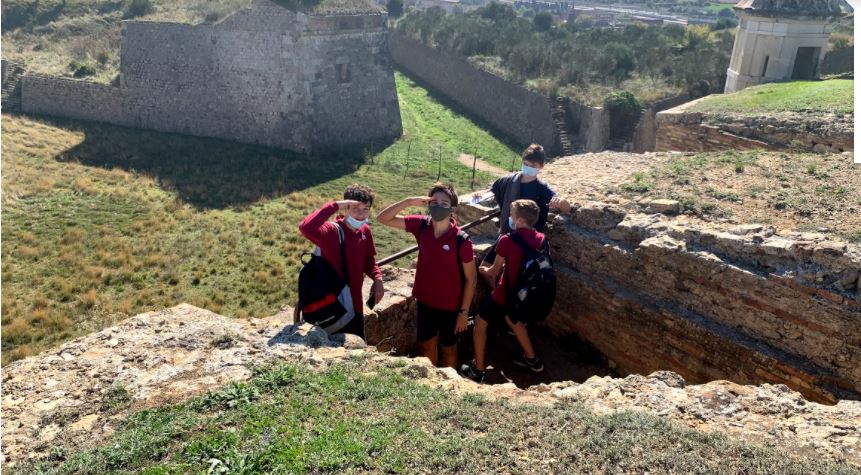
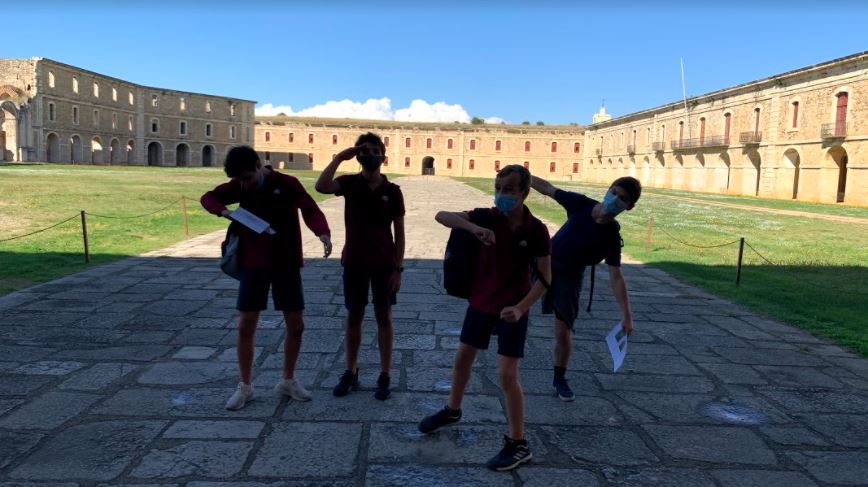

Science
Year 7 and 8
This week year 7/8 learned that every cell in the body is made up of 46 chromosomes in its nucleus except for one…
They worked together using their new knowledge, to discover in true scientist style the sex cells (gametes) are the exception. Holding only 23 chromosomes in the egg and 23 in the sperm.
Year 9
The Greek scientist Aristotle thought that roots sucked up soil for plants to eat. Belgian scientist Jan Baptista Van Helmont (1580-1644) did an experiment to prove different. Year 9 used their knowledge on photosynthesis to figure out how Van Helmont disproved Aristoles theory using a new approach. Of course Aristole was incorrect, why, the only reactants needed in photosynthesis is carbon dioxide and water in the presence of sunlight!
Year 10
This week year 10 learned from a Dutch mathematician-astronomer, Christiaan Huygens that waves carry energy (without the presence of matter). Christiaan Huygens worked very hard on his dream and formulated the first detailed wave theory of light (1690), in the context of which he was also able to derive the laws of reflection and refraction.
